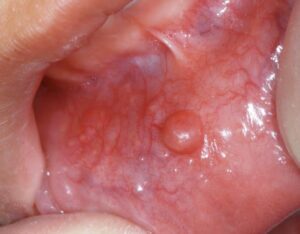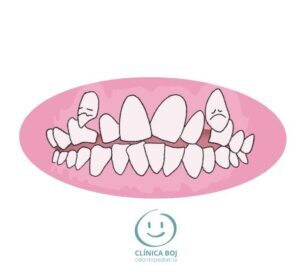Behaviour management in Paediatric Dentistry
Behaviour management in paediatric dentistry is necessary to carry out a successful dental treatment.
Without a doubt, behaviour management in pediatric dentistry is one of the most important aspects that any paediatric dentist must face before his patient. Therefore, without the use of these techniques, cooperation from the child will not be obtained.
For this reason, the techniques for managing the behaviour of the pediatric dental patient, will create a positive attitude towards dentistry in the long run. Consequently, the child will have an adequate oral health throughout his or her life.
What is behavioural management for children?
In summary, behaviour management in pediatric dentistry consists of psychological techniques that help the pediatric dentist to manage the child. At the same time, these techniques reduces fear of dentist and the child’s anxiety. To sum up, without child’s cooperation, it is not possible to carry out treatment successfully. In the short and long term, it would help promote a positive attitude towards dentistry, as well as adequate dental health.
In addition, pediatric dentistry is a specialty related to the age of the patients: infants, children, teenagers and young adults. It provides integrated preventive and therapeutic care of all dental and oral aspects. In particular, pediatric dentistry patients have unique needs that the professionals learn to attend through their primary and ongoing training, as well as their constant experience of practicing.
What is non pharmaceutical behaviour management?
Therefore, there are some non pharmaceutical basic concepts that remain and are fundamental in this topic:
-
Positive approach to oral & dental care:
There must be a positive attitude on the part of the entire team and the child’s family. -
Establish good communication
with the child. - Provide a
relaxed and comfortable environment.
Without a doubt, from the moment the child enters the dental office, it is necessary not only to establish empathy with him/her, but also to use the appropriate applied cognitive behaviour therapy techniques.
There are several techniques for managing behaviour in paediatric dentistry. Therefore, it will be the pediatric dentist who will decide which technique is most suitable for each child. Know more about Dr. BOJ.
Why is behaviour management important?
Following, are five examples of possible behaviour management techniques to help improve children’s behaviour in the dental office:
Voice control
Voice control in paediatric dentistry is one technique that helps to recover lost communication with the child. In summary, this technique consists on the change of the tone of voice. Therefore, this sudden change on the part of the pediatric dentist produces a controlling effect through his voice on the patient. Clearly, the only objective is to capture the child’s attention interrupted by his disruptive behaviour due to fear.
Desensitization
Also, desensitization in paediatric dentistry is a type of exposure therapy in which the child faces the different treatments through gradual difficulty. Undoubtedly, by exposing him/her to the situation progressively during periodic appointments, the chances that fear and anxiety appear decreases, because the child is exposed to reality in an ordered way.
Play therapy
The therapeutic and pedagogical possibilities of playing are wide. For this reason, play therapy in paediatric dentistry helps children release fear and anxiety. Depending on the age we will use dolls, toys, etc.
Audiovisual distraction
One of the tools with the greatest power of distraction in pediatric dentistry’ patients are mobile phones or tablet screens. Audiovisual content or electronic gaming can be used to distract the child or teenager from the dental treatment.
Positive reinforcement
Positive reinforcement as a behavioural management technique in pediatric dentistry is always advisable. Undoubtedly, at the end of the appointment, prizes and congratulations are well received by children.
References:
Boj JR. Música: su efecto en el paciente odontopediátrico. Archivos de Odontoestomatología, 1988, vol. 4, num. 4, p. 175-179, 1988.
Boj JR., Lischeid C., Jimenez A., Espasa E. Técnicas de comunicación y de modificación de la conducta para tratamientos dentales en niños. MTA Pediatría. 14, 647-657, 1993.
Boj JR., Font R. Control de la conducta en la consulta odontopediátrica, capítulo 6 del libro Odontopediatría. 1ª Ed. de los autores Barbería E, Boj JR, Catalá M, García-Ballesta C, Mendoza A. Páginas 127-138. Editorial Masson, S.A. Barcelona. 1995.
Rabassa J., De la Cruz M., Boj JR. Empatía en Odontopediatría. Dentum 10, 50-52, 2010.
Rojas L., Perez G., Flores V., Boj JR. El silencio como técnica de modificación de conducta en odontopediatría. Dentum 10, 53-54, 2010.








